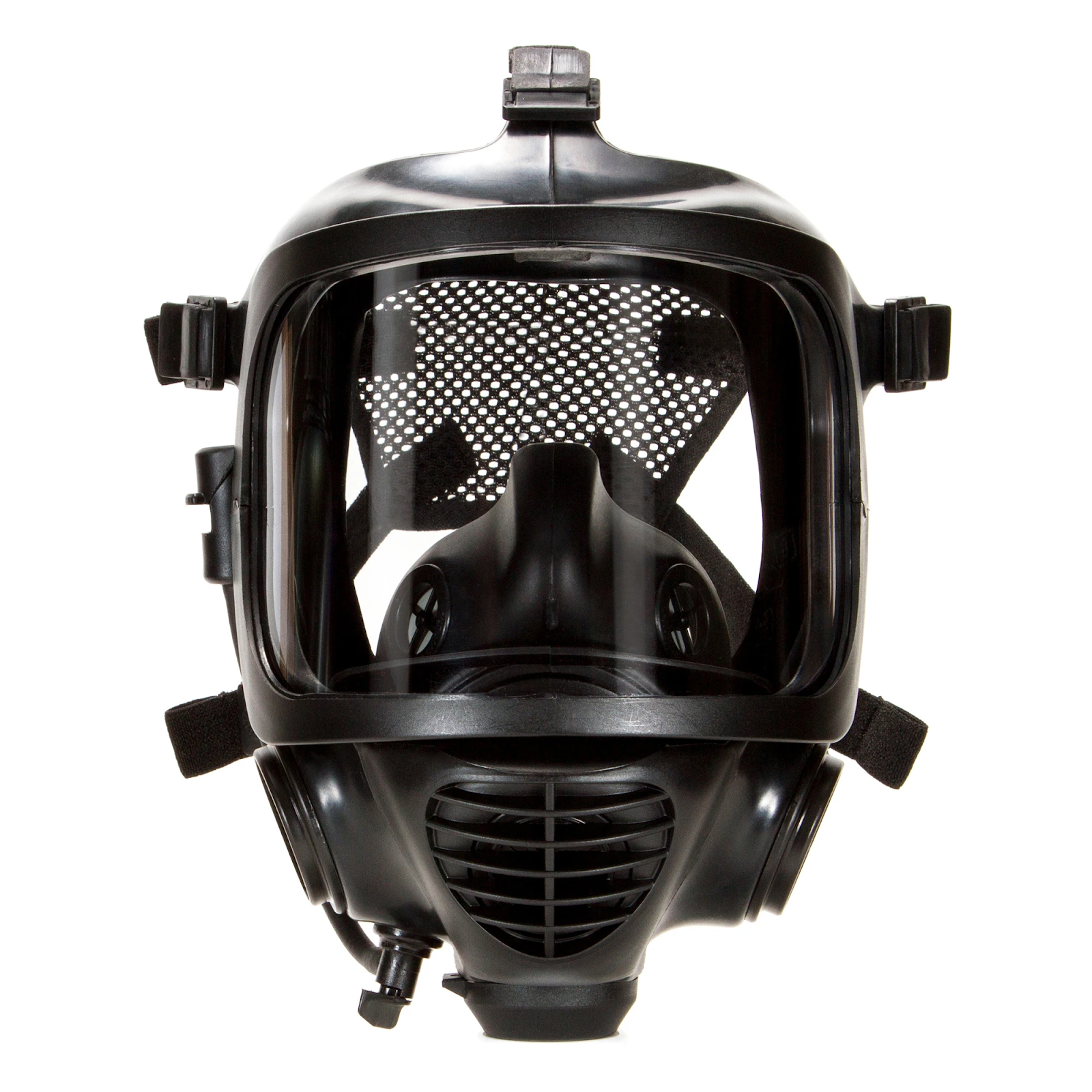
Survival: Air
Only a year ago it wouldn’t seem that there would be a lot to say about air. Unless you’re drowning or in a sandstorm, it seems like you’re pretty well set for oxygen. But with all the other things we’ve learned during 2020, we now have a great deal of experience with face masks. In case you’re a little behind the times, here’s a quick rundown of the types of mask and how they affect your body’s ability to obtain oxygen.
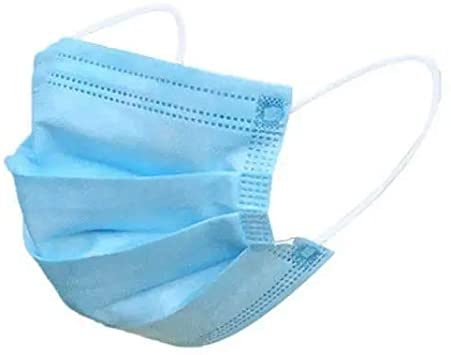
Surgical Masks / Cloth Masks
Surgical masks are designed to prevent splatter — both your coughs and sneezes as well as the body you’re working on spraying you with fluids — from getting into your mouth and nose or into your patient lying open on the operating table. Though these masks do provide some level of filtering large particles and making it more difficult and more uncomfortable to breathe, they are not actually useful in preventing the inhalation of viruses, dust, gas, or other small things floating around in the air. These masks are ideal for surgical use, but not much outside of that arena.
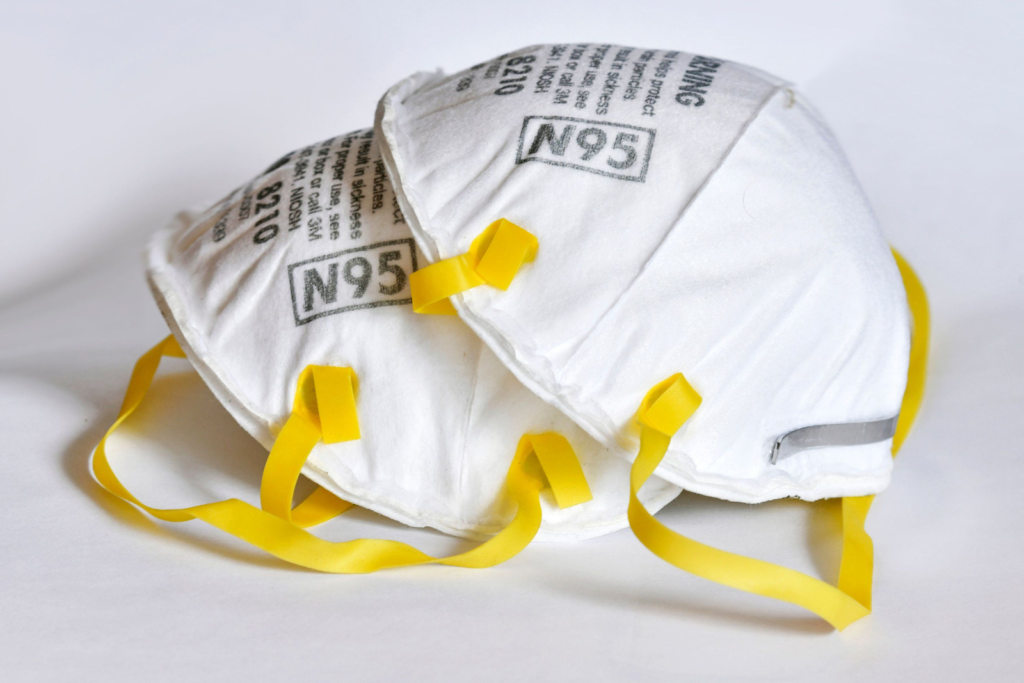 N95/P95 Masks
N95/P95 Masks
These masks are much more efficient at filtering the air as you breathe, stopping as much as 95% of airborne particles, assuming your mask is properly fitted and has a good seal all the way around. The difference between the N95 and the P95 is that the P95 is resistant to oil, so it’s designed more for use around spray paint or liquid-based particulates. If you have one of these masks and it’s properly fitted, it will do a better job at keeping things like dust and debris out of your lungs and keeping your sneezes and coughs from infecting other persons. Finally, some N95 masks have exhale ports to better get exhaled air out of your mask. This also means that if you are infected with a virus, your mask isn’t helping control the spread like a mask without the port would.
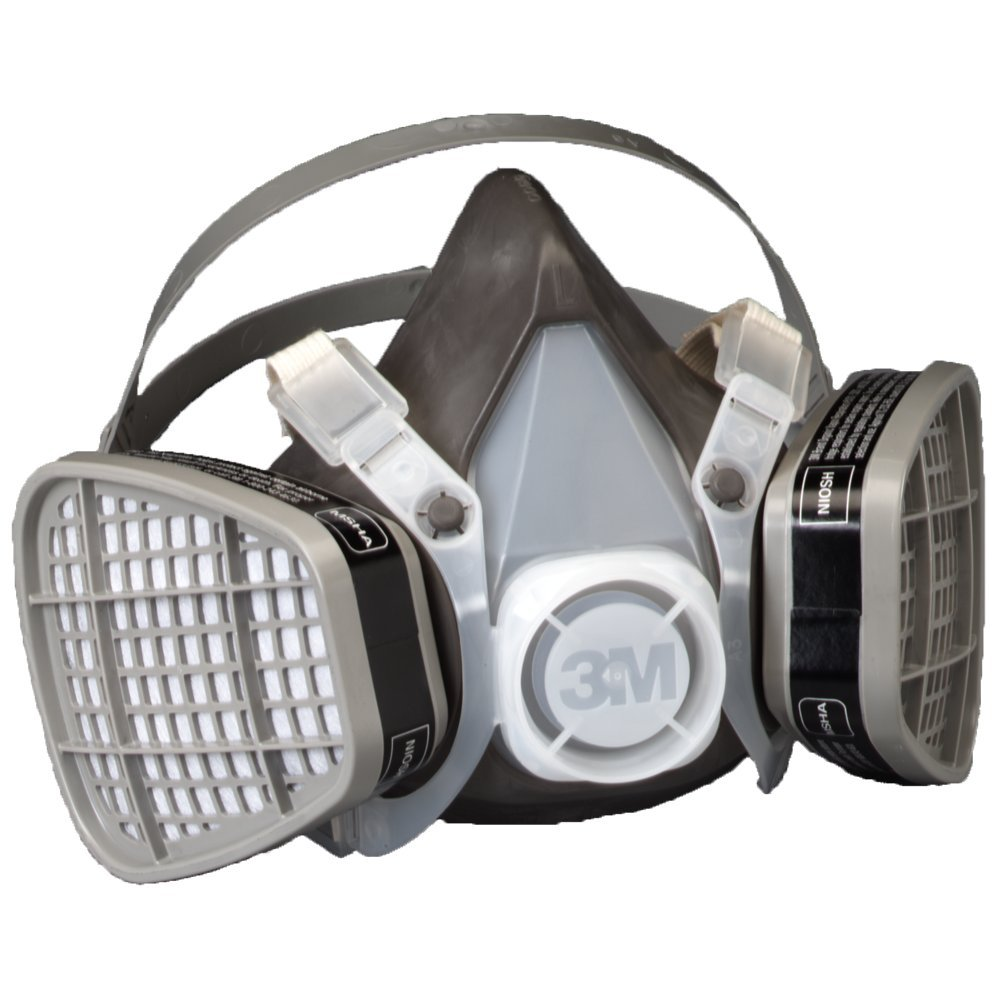 Respirators
Respirators
Respirators are basically N95/P95 masks that attach to a more permanent mouth/nose covering. The filters may be removed, disposed, and replaced, meaning you have a good-fitting mask and only need to replace the filters each day. Many respirators also allow you to attach two filters so you can get more air with each breath, making it easier to breathe over some length of time.
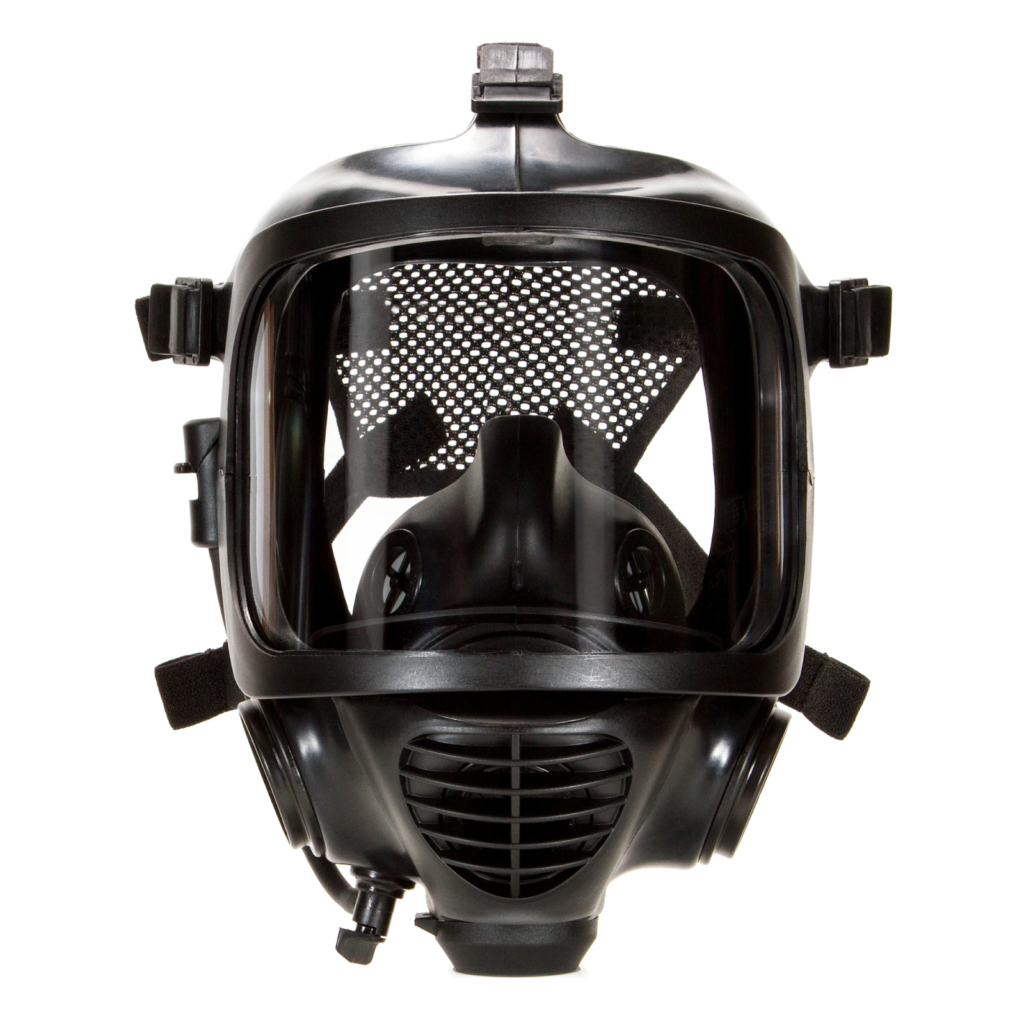 CBRN Masks
CBRN Masks
Chemical, Biological, Radiological, and Nuclear (CBRN) masks are designed to allow effective breathing even while in potentially dangerous environments. These masks, with appropriate filters, can protect the wearer from various chemicals (gases, sprays, etc.), biological threats (viruses, nerve agents, etc.), and nuclear/radioactive agents. Though these masks can do nothing to protect your skin, you can at least make sure you keep them out of your lungs. Like the N95/P95 and respirators, these must be properly fit to your face and have a complete seal to be effective. Facial hair is a bad idea as well, as it creates small gaps where CBRN particulates can get into your mask.
Important Note: Once you use a disposable mask, it should be disposed of immediately, and if it’s possible that you were exposed to a virus or chemical, you should make sure the mask is disposed of into a biohazard receptacle so it can be properly destroyed without exposing others. The exceptions to this rule are respirators and CBRN masks, where the filters should be disposed of and the masks properly disinfected and cleaned. Cloth masks could potentially be disinfected and cleaned, but this should involve steam, pressure, UV-C, or strong bleach to ensure they are properly disinfected.
Masks and filters should never be reused as the health risk of growing bacteria or spreading viruses is much higher than the cost of obtaining a new mask.
Protecting the Air in Your Home
In the event of a mass outbreak of chemical or biological threats, or even in the case of a dirty bomb or chemical spill, it may become important to seal your home for some time to keep those things out of your air system until the threat dissipates or passes. In that case, you should have enough large, heavy-duty trash bags and duct tape, to cover all of the windows, doors, and other holes in your house. A high quality air filter may then be able to cycle the air in and out of your home, but you will want to seal things up as tightly as you can.
A far less exciting but far more important step toward higher air quality in your home is to change your furnace air filters regularly! Depending on the size of your filter, it should be swapped out with a new filter every three to twelve months. Check your furnace manual for further information.
